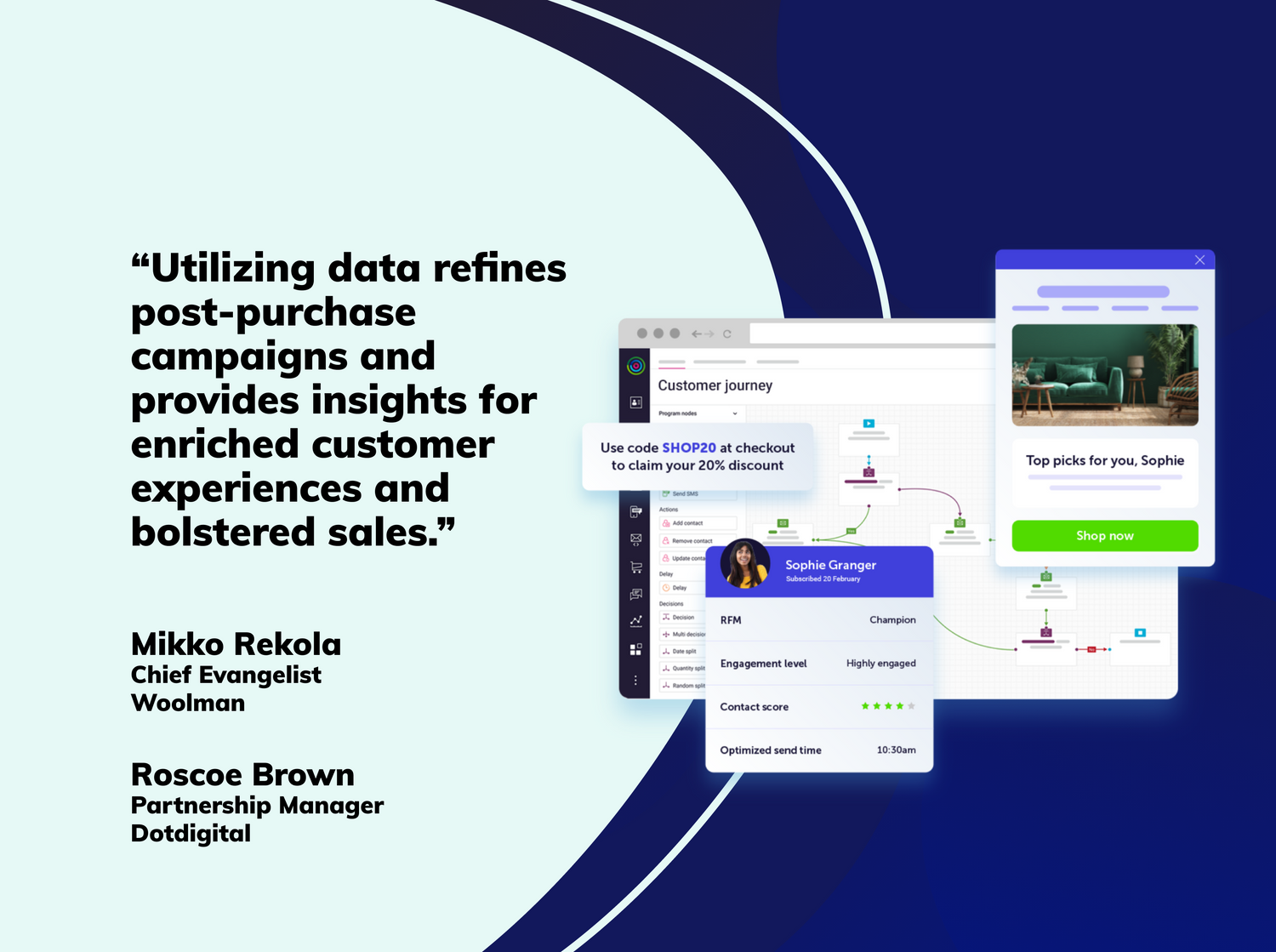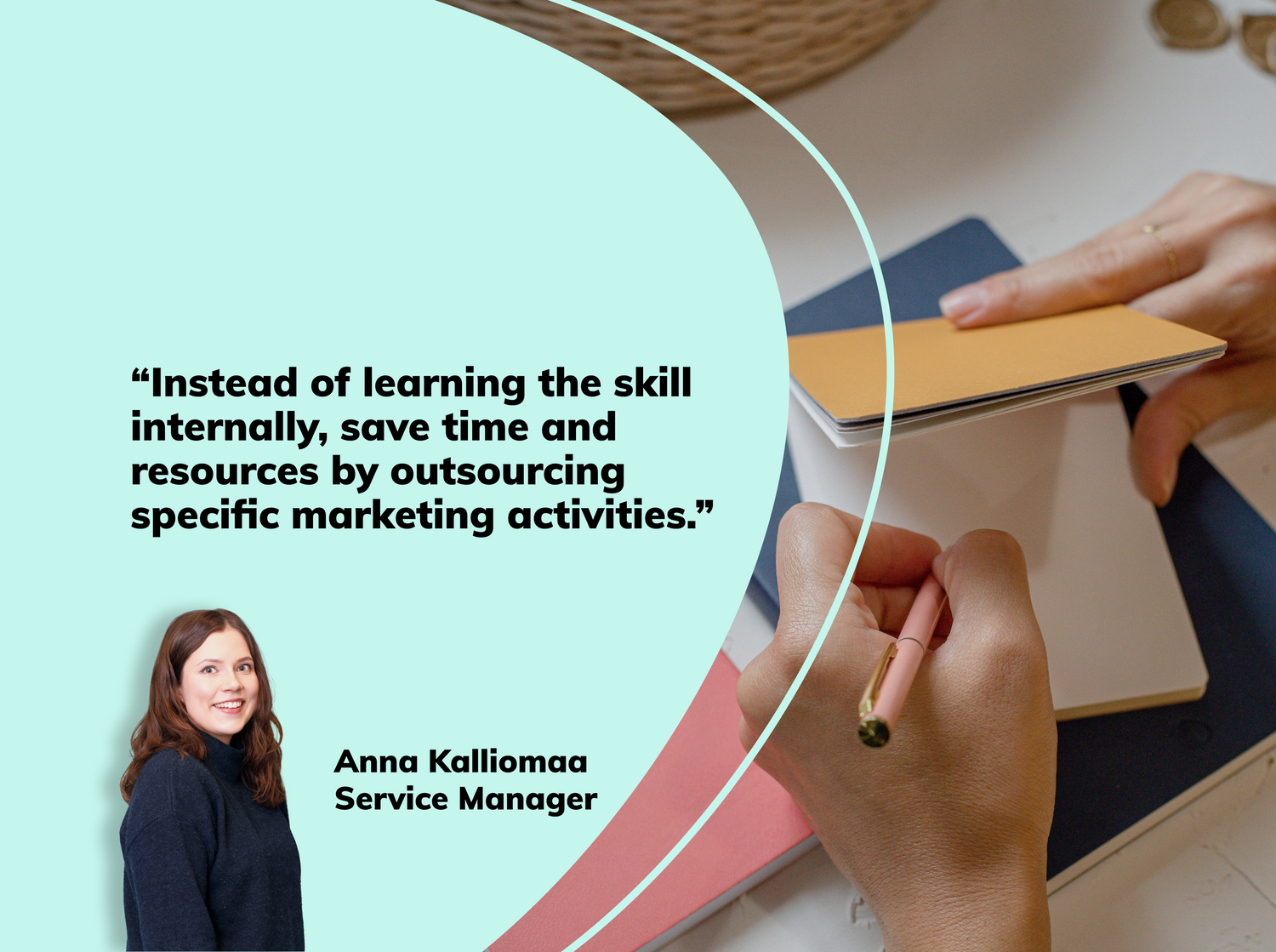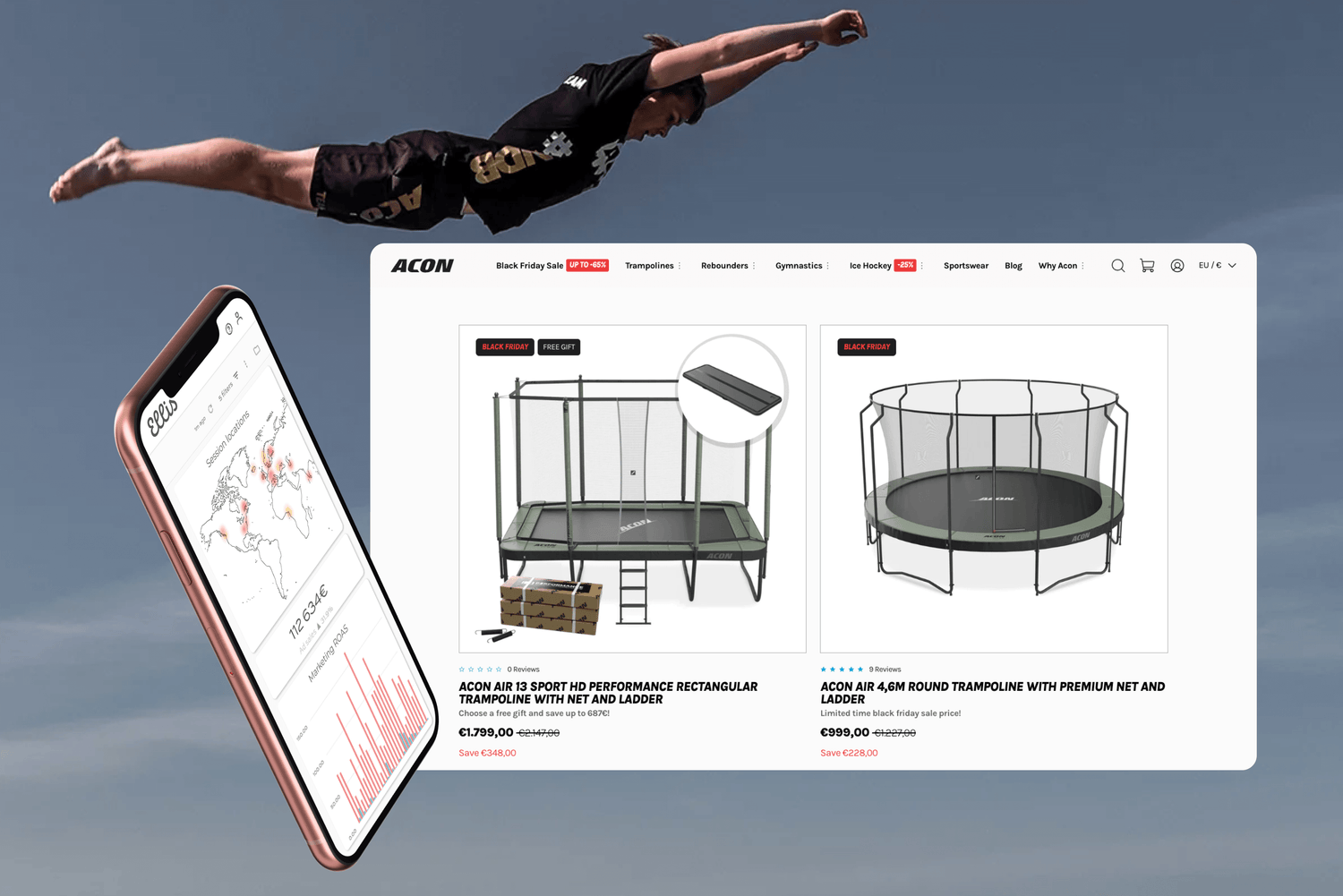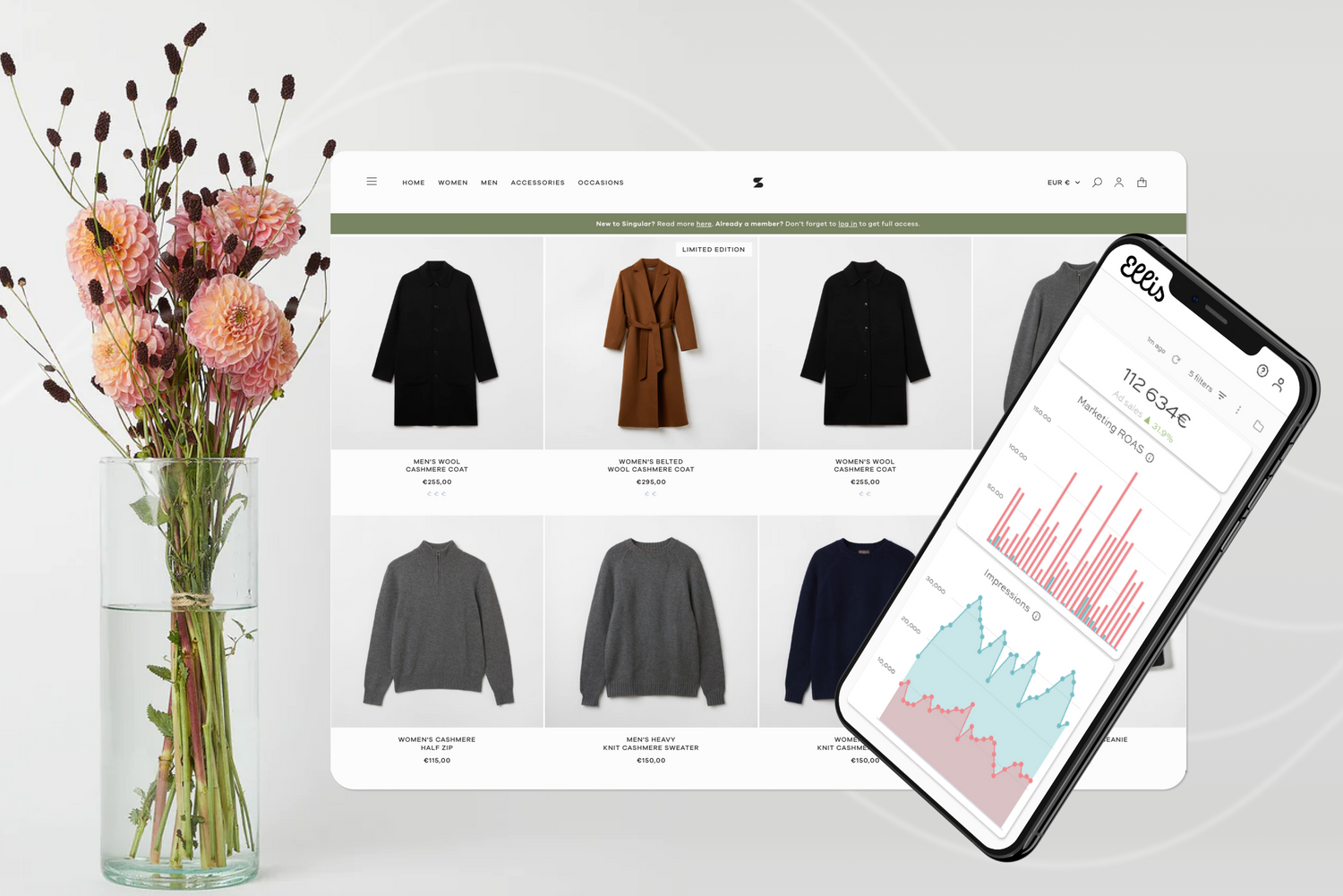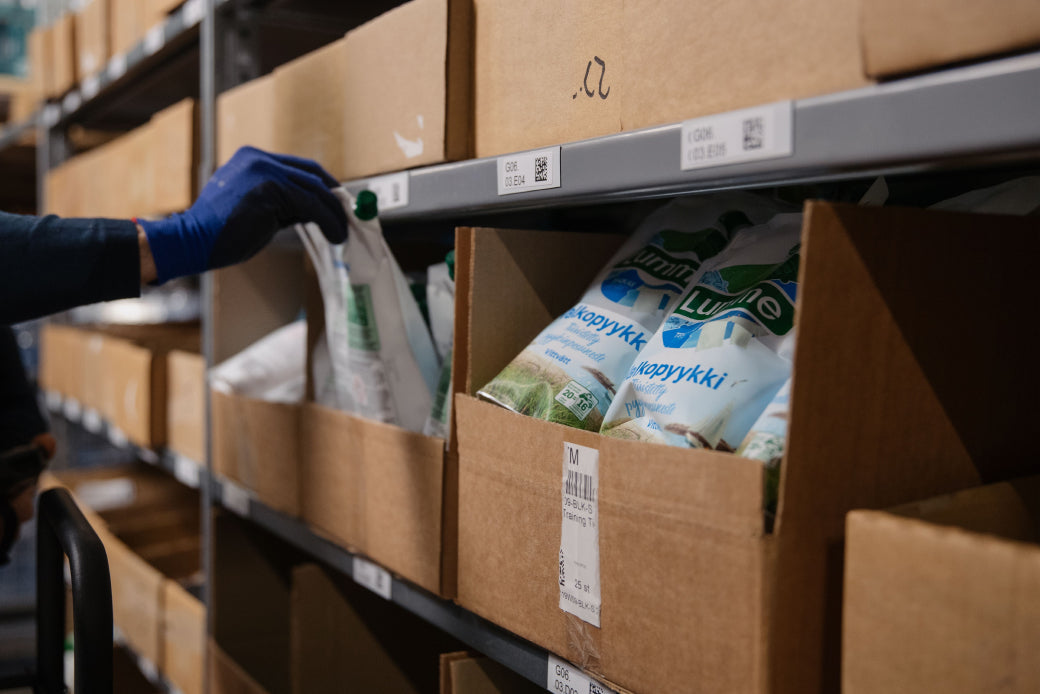
The D2C landscape has matured and become more lucrative, with Fortune 500 brands entering the space and increasing competition for customer acquisition.
Differentiation becomes harder as major brands learn D2C and many industries are becoming more packed such as CPG and sustainable fashion. It is crucial to think about profitability and sustainability, especially for smaller brands and those looking to scale up. As we look into the near future, developing customer relationships will become increasingly important and D2C brands will need to adapt to more hybrid models for continued success.
In the highly competitive world of eCommerce, profitability is crucial for the survival and growth of any business. However, it's not always easy to increase profits while maintaining customer satisfaction and brand reputation.
Turning the business profitable or more profitable also isn’t a single decision, but rather a strategic goal, where internal communication in the organisation is necessary. Even with agile D2C brands this takes time and planning.
Important thing to first understand is sales volume vs profitability.
Sales Volume VS Profitability
Typically brands are balancing between sales volume and profitability. You want to be able to sell as many units as possible, but how to find the balance to be profitable long-term?
The most well known pitfall is overdoing it. Either you focus on the sales volume too much or your focus is on profitability and you lose sales volume. Running more profitable business typically affects campaigns and overall sales, but this should be always validated with data.
Pro tip for Shopify users: Always let Shopify know your margins, so that they can make basic calculations to set you to the ballpark.
Let's have a quick look at the benefits of Sales volume and profitability.
Sales Volume benefits:
-
Increased market share and better brand awareness
-
Ability to negotiate better prices with suppliers due to increased volume
-
Increased bargaining power with distributors and retailers
-
Greater scalability and potential for long-term profitability, idea that larger scale will fix certain issues
-
Long-term possibility to invest in growth and expansion opportunities
-
Attract investors, media and other relevant parties
Profitability benefits:
-
Increased financial stability and ability to remain reactive
-
Making sure internally that we know our best customers and cater their needs
-
Greater ability to invest in innovation and product development in short-term
-
Attract investors & partners with impressive profitability numbers, possibilities for better funding
-
Somewhat better ability to reward employees and stakeholders through increased dividends and bonuses
“In Europe most D2C brands failed their profitability goals during Q4 due to the environment, not due to their own actions” - Mikko Rekola, Chief Evangelist
Let's explore some practical tips for increasing profitability in your d2c business, based on our insights and learnings from working with customers:
1. Focus on Customer Segmentation
To increase profitability, you need to understand your customers' behaviour and preferences. Start by using tools to segment your customers based on their orders, purchase history, and other relevant data. Focus on your most profitable customer segments and study their behaviour in depth. Look at how their purchase behaviour has changed during uncertain times and find ways to keep them as loyal customers.
2. Analyse Your Product Mix
Once you've identified your most profitable customer segments, it's time to analyse your product mix. Look at your sold items, cost structure, sales estimates, and stock levels. Determine which products are most profitable and which are not. Consider getting rid of products that aren't performing well and focus on those that are. Use tools to forecast sales and demand to help you plan your stock levels and avoid excess stock.
3. Find a Balance
When it comes to increasing profitability, it's important to find a balance between customer segmentation and product analysis. Use both approaches to cross-check your findings and come up with a few major topics to focus on. Be prepared for compromises and find ways to optimise your profitability without sacrificing customer satisfaction or brand reputation.
Pro tip: Business Intelligence tool Ellis can help with providing the data and insights to make informed decisions on things like customer segments and most viable products!
4. Develop a Contingency Plan
Finally, it's essential to develop a contingency plan for when things don't go as expected. Unforeseen events can have a significant impact on your profitability, as seen in the case of the European D2C brands during Q4 last year. To avoid similar situations, consider diversifying your revenue streams by offering subscriptions or non-physical services to your customers.
Over 25% of European D2C brands should have some other revenue stream with their customers besides their core business of selling single order items.

Bonus insights to remember:
- Have a feedback loop with the customer success team to get a holistic view of your customers behaviour and needs.
- Do a competitor analysis and follow closely what they are offering. If you are running on Shopify, they offer tools to help you with this.
- Make sure you are listening and connecting to your customers with things like post-purchase surveys, events, community building etc.
In conclusion, increasing profitability in eCommerce requires a deep understanding of your customers and products, as well as a willingness to adapt to changing market conditions. By using customer segmentation, product analysis, and contingency planning, you can optimise your profitability and set your business up for long-term success.
Watch Chief Evangelist Mikko Rekola's presentation "Profitability in D2C: How to Run the Operations Stable in an Unstable Environment" at DTCx event:




